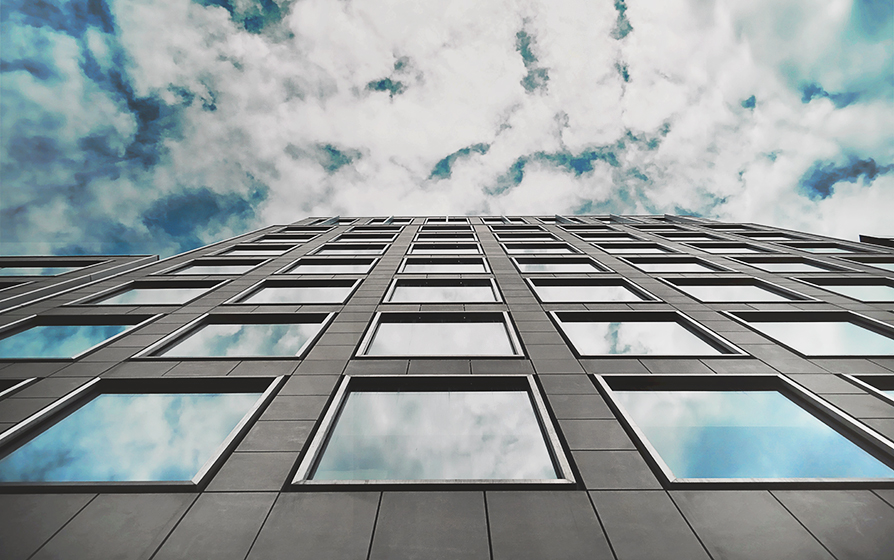We’ve always known that indoor air quality is an important contributor to employee health and performance. But now, the quality of the air we breathe – in our workplaces, homes, and public facilities – is more important than ever before. As businesses begin welcoming employees back, we’ve heard a great deal of concern and interest in understanding how systems can help control the spread of pathogens – most notably the COVID-19 virus – in commercial buildings. While there is still much to learn about the virus itself, what we do know is that fresh air provides a substantial benefit to occupants in enclosed spaces.
As an employer or building owner, there’s a lot of information out there to contemplate. Below we’re sharing some concise recommendations for consideration. We’ve analyzed guidance from the Centers for Disease Control and Prevention (CDC), Occupational Safety and Health Administration (OSHA), and American Society of Heating, Refrigeration and Air-Conditioning Engineers (ASHRAE) to help you navigate the plethora of advice being shared. Please note: these changes should be considered only after implementing other proven disease-control measures in your environments including hand washing, wearing of appropriate PPE, and following of social distancing guidelines.
Before we dig into the list, it’s important to remember: each building and system is different, so HVAC-related recommendations should be performed only in consultation with your HVAC service provider or engineer. Below, some ways you can improve air quality for your building and its occupants.
- Where possible, increase the Minimum Efficiency Reporting Value (MERV) rating of your filters to at least MERV 13 – with MERV 14 or higher preferred. The higher the number the greater air filtration – and you want the most filtration you can get. Coronaviruses can be smaller than 0.1 micron but are most often attached to particles that are larger than 0.3 micron (think sneeze droplets, etc.). For reference, a human hair is approximately 30 microns in diameter – 100 times bigger! MERV 13 filters can remove some particles that are smaller than 1 micron; MERV 14 and higher filters are even more effective. Standard commercial filtration is MERV 8 or lower, but certain high-performance buildings (LEED buildings, hospitals, food processing facilities) will already have MERV 13 or higher filters. Make sure filter racks are sealed properly so that air does not bypass the filters!

- Increase fresh air flow into building as much as possible. This can be done by opening fresh air dampers in your HVAC system or by opening operable windows. Avoid creating condensation in the building and acknowledge that open windows will also have impacts on building temperature and humidity.
- Speaking of humidity – aim to keep your space between 40% to 60% humidity. Research to date indicates lower humidity provides the virus an opportunity to spread; the more humid the conditions, the better. To achieve this with fresher air, you may need to add dehumidification and humidification capabilities to your system as seasons change.
- Consider modifying the control sequences to increase the length of time that fresh air and exhaust flows operate each day. The guidance suggests operating fresh air and exhaust air flow two (2) hours before and after the building is expected to be occupied. So if your team is typically in the office from 8am to 5pm each day, plan to run your system from 6am to 7pm, at a minimum.
- For this to be effective, you’ll also need to modify control sequences to disable the modes that reduce fresh airflow to save energy, such as Demand Control Ventilation (DCV).
- Finally, consider adding portable HEPA filtration units (HEPA filters are MERV 17 or higher) or mounted germicidal ultraviolet lights in spaces where high occupancy cannot be avoided, such as waiting rooms or elevator lobbies.
Whether your building is open now, or is planning to open soon, these strategies can help make spaces safer for all. If you’re interested in exploring any of these further or want further information or guidance on these issues, reach out. Our mechanical engineers are here to help.


